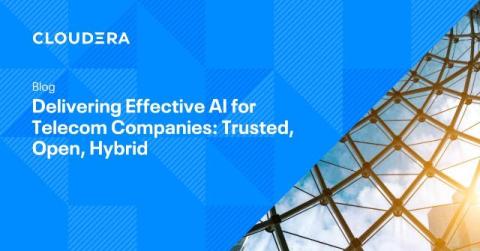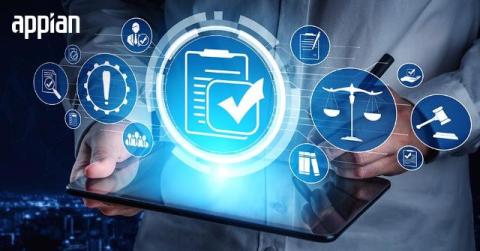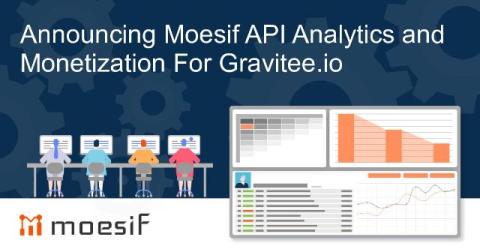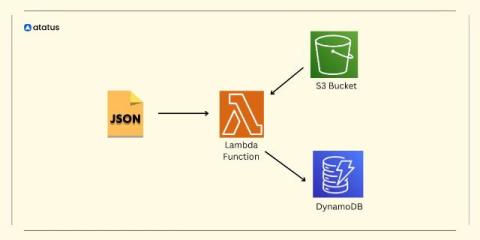Delivering Effective AI for Telecom Companies: Trusted, Open, Hybrid
It’s not a surprise that in today’s challenging economic landscape, rising costs pose a significant threat to the telecommunications industry. Consider that in 2022, Bain Capital was predicting that Telcos would grapple with increased personnel and escalating operating costs due to inflation. And here we are.











